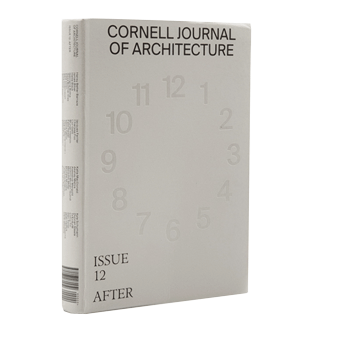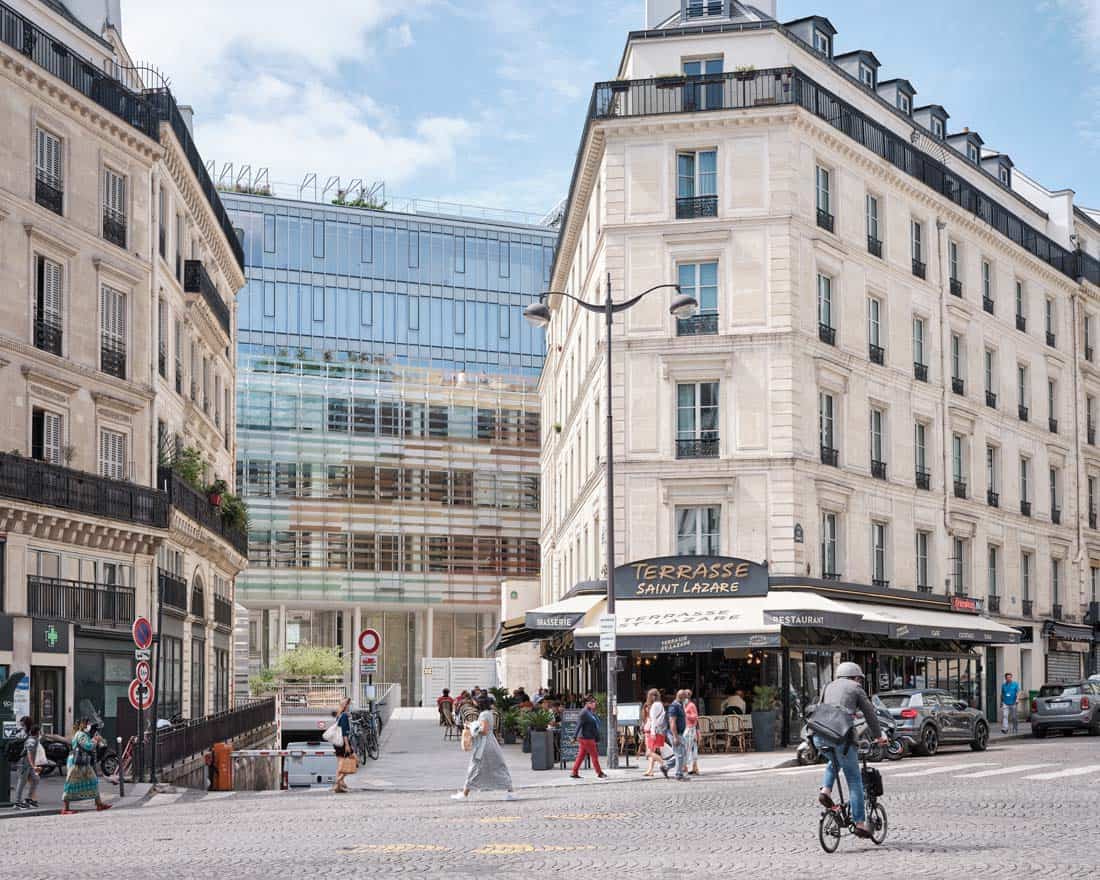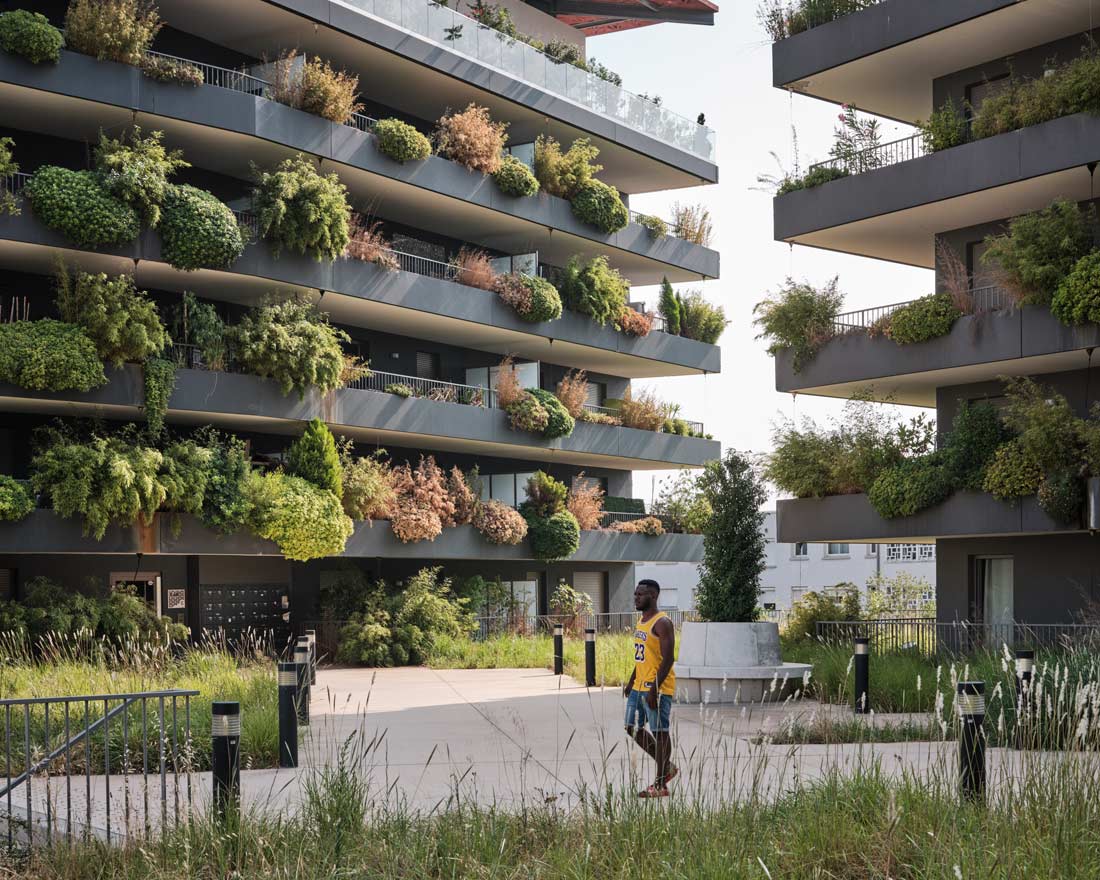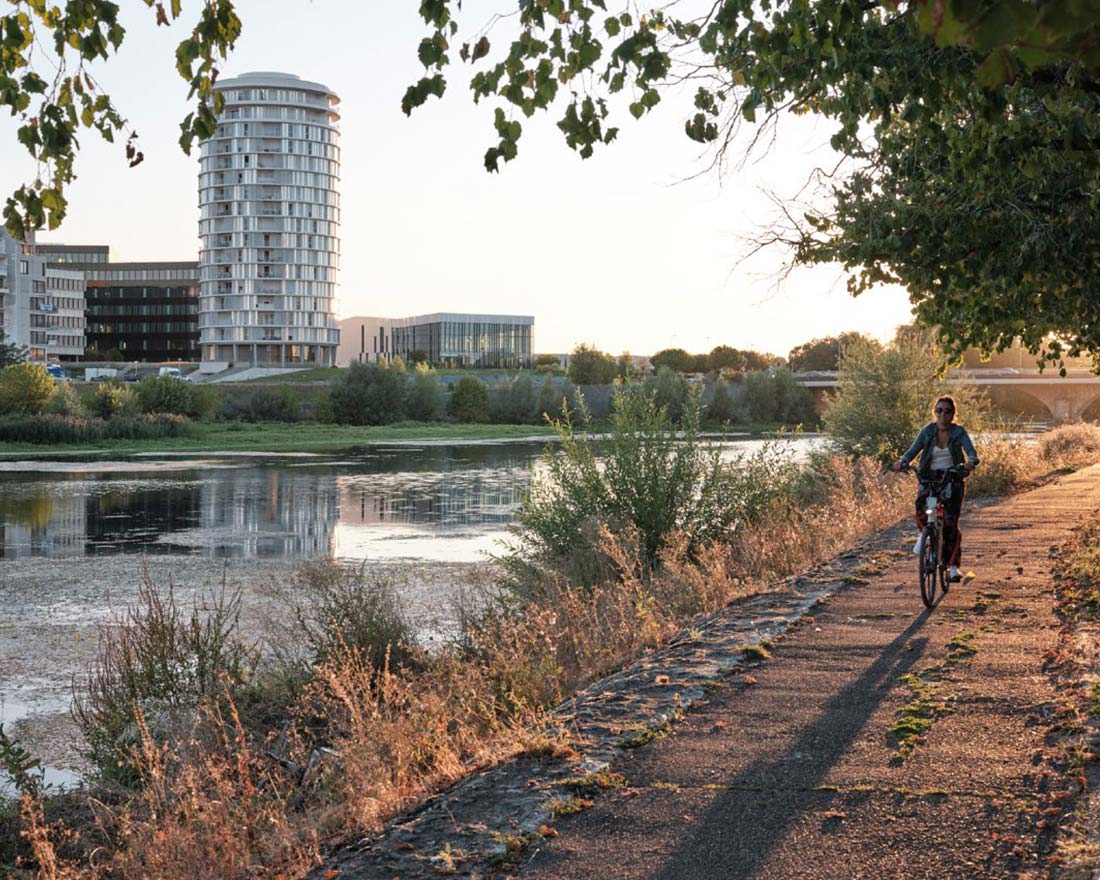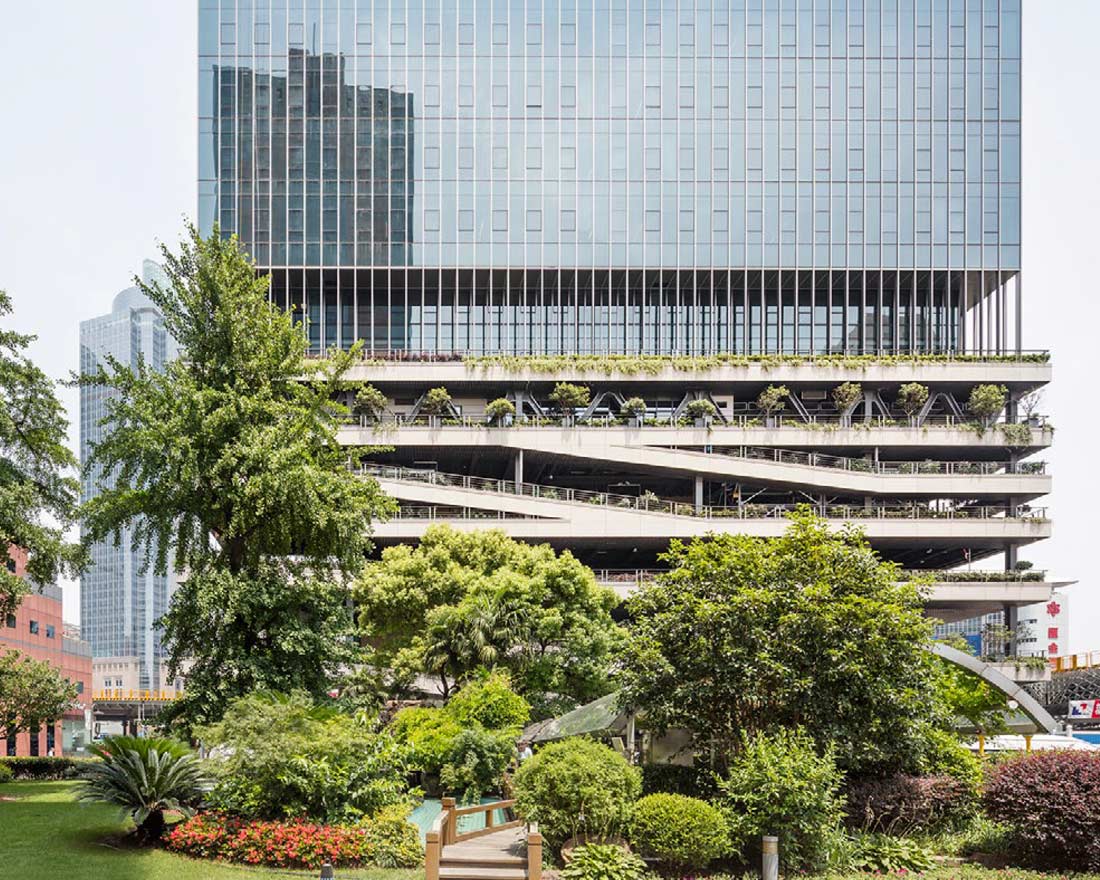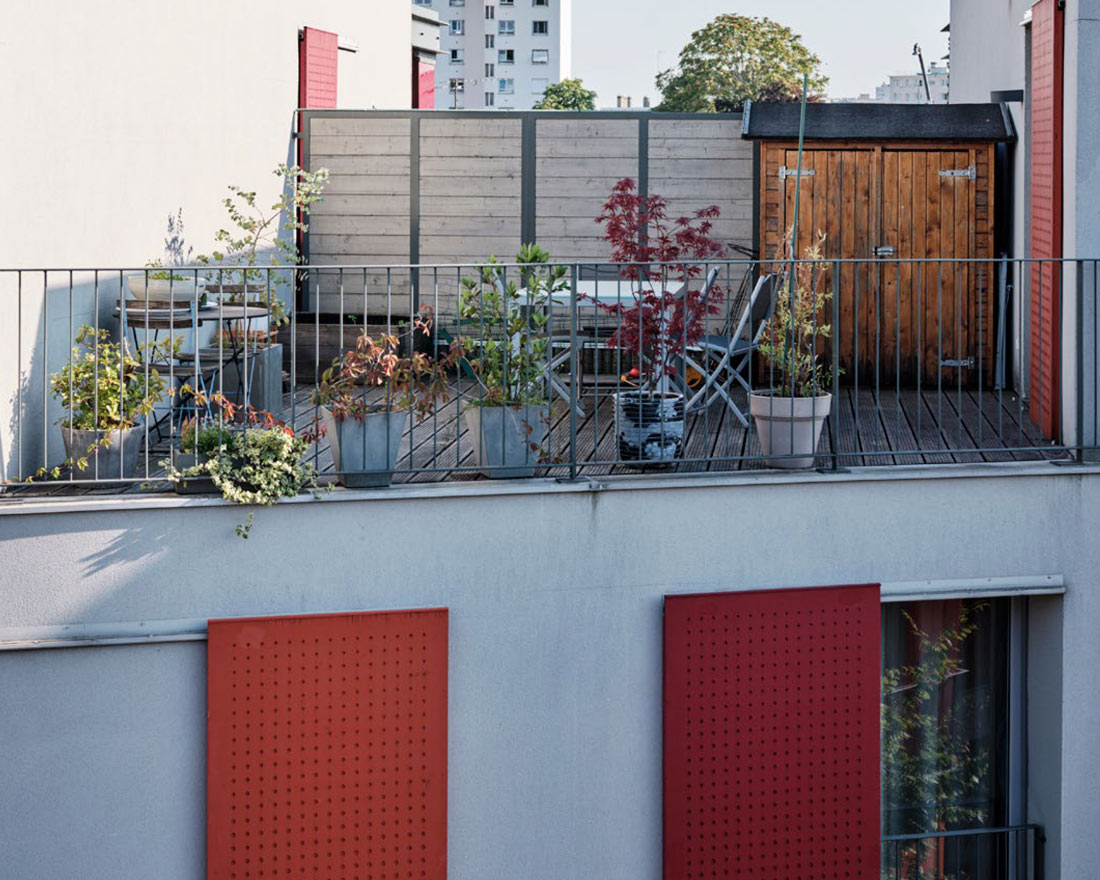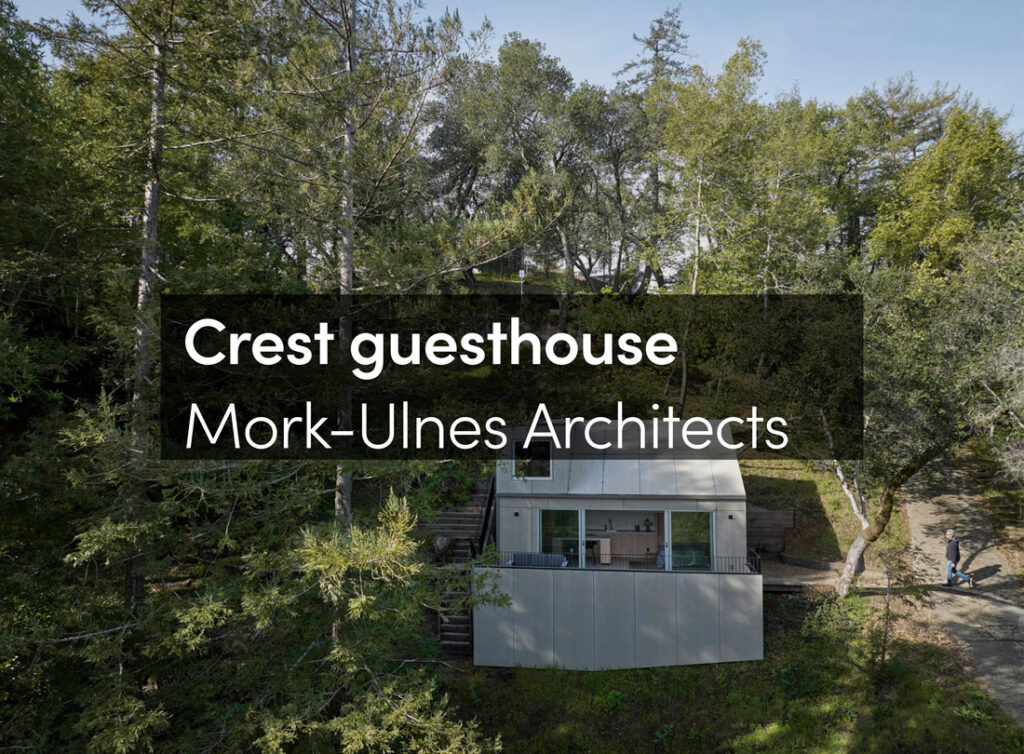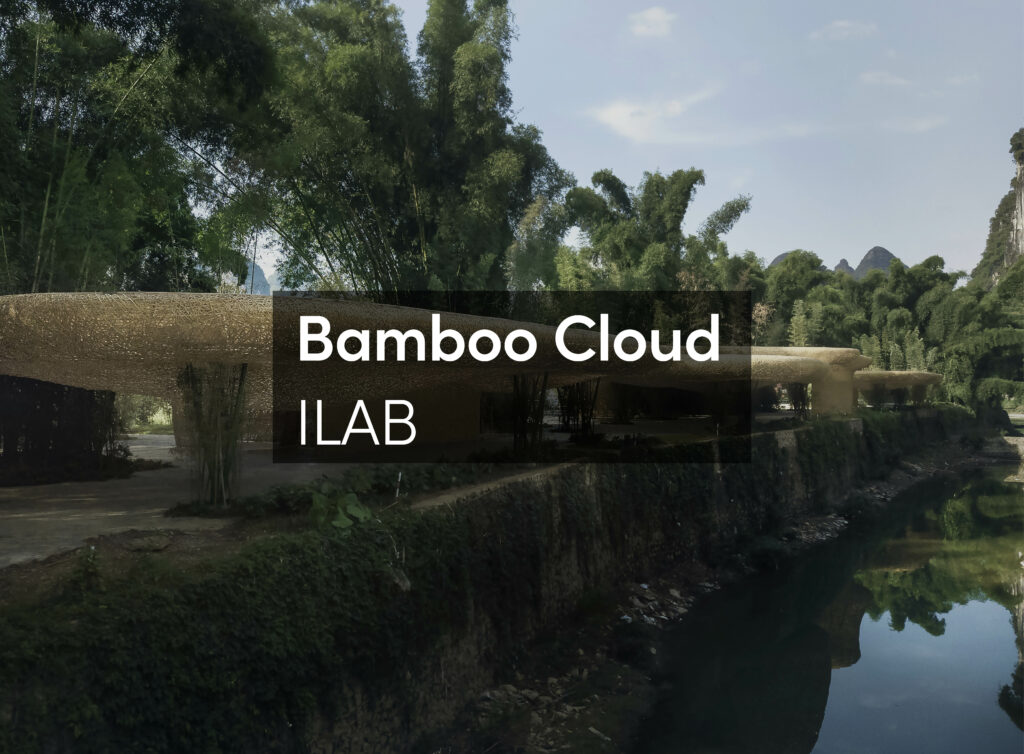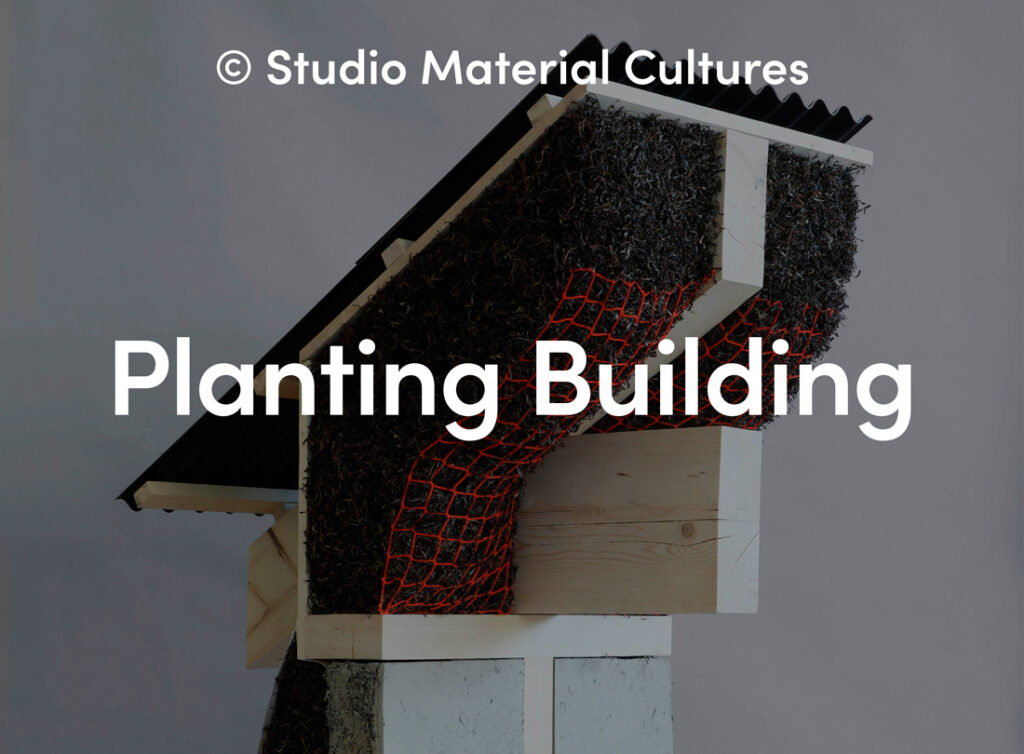The COVID-19 pandemic questions the resilience of the metropolitan model. Appearing as the main source of contamination, dense cities have proved incapable of protecting their inhabitants. The piece invites us to rethink the model from the urban planning perspective that is concerned with the body and the scales of action of city dwellers.
The astonishing situation we currently face leads us to question our relation to the urban planet, as the intense and global flows of both goods and people that link metropolises together clearly hastened the spread of the epidemic. It is a subject in itself, just like the media coverage of the pandemic. Indeed, “live” impact on people’s reactions similarly directly impacts our urban world.[1]
Finally, to complete this overall picture, it is necessary to mention the lack of solidarity between cities. Whereas New York, Shanghai, Paris, London, and the like emblematized a single, united, and transnational club of interchangeable and connected urban elites just a few week ago, cities are now insolated and facing the crisis on their own.
But the responsibility of urban meta-organization in the diffusion and reception of the pandemic is not the topic of this essay. Cities’ inability to take care of their inhabitants shall be questioned and our global model rethought. This essay advocates a reinvented urban environment in resonance with the planet, through local-oriented mindset, micro-urbanism, and new dimensions for shared spaces.
Impasse d’Amsterdam, Grand Central Saint-Lazare, Paris, France, 2019. Photo by Myr Muratet.
Cities’ Inability to Care for their Inhabitants
The built environment, whose technical sophistication and performance seemed invulnerable, begins to show signs of weakness in the wake of the lockdown. Urban infrastructure— an unprecedented accumulation of buildings, sprawling networks, commercial overabundance, and hyper-concentration of workspaces— appears as the organizing framework for millions of people’s daily life.
By substituting for most of inhabitants’ skills, urban infrastructure has come to create a haunting yet gentle, and eventually accepted, kind of oppression. On the other hand, urban life was at least expected to be protective. It is now clear that this is not the case.
We used to raise the dense city as a model of a sustainable city, particularly for the optimization of transports and the magnification of social life, but this pattern is now at the heart of the health crisis.
Indeed, extreme density precisely turns out to be the cause of our collective and economic lives’ paralysis: alleged powerful metropolises stopped dead. Multiple withdrawals to the countryside actually demonstrate an instinctive mistrust vis-à-vis an urban environment that apparently fails to protect. On the first day of confinement, 17% of Parisians left the capital to return to their ancestral lands, or simply to their holiday home.[2]
Jardins de la Lironde, Montpellier, France, 2013. Photo by Myr Muratet.
Rethinking the City Model
The current crisis caught us unaware. However, it is not and will not be an isolated event. Although the health cataclysm outpaced the foreseen and inevitable environmental catastrophe, they are two sides of the same coin: a single problem our globalized society must confront. In the near future, a global stress related to energy, climate, or the availability of drinking water may induce broadly similar—and even more acute—consequences for large cities than those caused by the current pandemic. Our city model needs to be revamped. As the French philosopher Fran.ois Jullien wrote, “we must tackle the crisis as a danger, but also as a positive opportunity. Perceiving this constructive aspect, which at first may go unnoticed, is key to make it prosper.”[3]
Health crises’ impact on city planning is neither unheard nor recent. In nineteenth-century Europe, they led to the virtually complete reconstruction of large cities. Both the fight against endemic tuberculosis and the fear of recurrent cholera outbreaks affected entire societies without distinction, and in all countries.
Architects, scientists, and politicians gathered in the same spirit to invent and promote massive renovations of deadly city centers. “A city shape changes faster, alas, than the heart of a mortal,” Baudelaire grieved in a Paris undertaking complete transformations.[4] Scientific research, notably microbial modelling and the hygienist movement, lucidly contrived to design contemporary town planning.
This includes demolition of the inner-city walls to open up the city, introduction of public transport, creation of urban parks, promotion of ventilation and natural light, connection to the sewer system, drinking water distribution and waste collection, but also simply development of bathrooms in apartments. To supersede cluttered, irrational, and dangerously insalubrious old cities, masters of modern urban planning used the tremendous technical arsenal that engineers put at their disposal to make the past a clean slate.
They created a new urban model, combining the art of science with geometric planning and economic rationality. For more than a century, the performance of this strategy, constantly enhanced by technical innovations, has accompanied world population growth.
Annihilating the sensitive and contextual urban planning of ancient cities, functional urban planning has imposed, as never before in the history of mankind, the same way of conceiving inhabited environments. As a result, an efficient urban world rose everywhere, yet without quality.
This way of designing the city has been disproportionately multiplied on the scale of a world of more than seven billion inhabitants caught up in a constant acceleration. Under the fire of environmental criticism for many years now, its dependence on an ultra-sophisticated technique makes it fragile. We just witnessed it. And the fact that all cities are dependent on the same technical sphere makes them all weak at the same time when technic comes to lack.
Rooftop Garden, Grand Central Saint-Lazare, Paris, France, 2019. Photo by Luc Boegly.
Thinking Locally
Questions raised are global, so are necessary means available.
However, solutions shall be thought out locally. Now oriented towards communication, data management, and complex networks, our techniques totally differ from Haussmann or Le Corbusier’s. They can, of course, offer tools for social control—e.g. tracking—to help resolve crises, as Seoul, Hong Kong, and Singapore just demonstrated. But they could and should be requisitioned for a much higher ambition: to move from the generic, fragile, and consumerist international city to a city that offers its inhabitants a richer, freer experience from a sustainable development perspective.
Waking up after the COVID-19 crisis will be difficult.
We can augur massive disillusionment with metropolises that have betrayed their inhabitants’ expectations. However, we shall not reject our urban civilization. The philosopher Michel Serres wrote twenty years ago that, “On planet Earth, there is now less intervention by man as an individual and as a subject […] and more massive, immense and dense human patches.”[5] Cities created problems; now cities must provide solutions. What will they be?
It is too early to tell. But let’s get ready now: dealing with the post-pandemic will require different ways to work and think. More than just heaven-sent innovations, we need above all to reassess neglected notions that proved essential thanks to the crisis. The concept of urban density shall be subtlety nuanced by taking into account multiple parameters including natural spaces, biodiversity, agriculture, and climate. As for built areas, we need redeploy, pool, and redefine them to ensure their adaptability to each particular situation. Let’s move towards a living density: hybrid, flexible, and shared. In other words, quantitative density— Paris, 20,000 inhabitants per square kilometer—must give way to qualitative density.
This general diagnosis is only sketchy and requires many developments and in-depth studies. But I would like to conclude by addressing the question, which is always risky—and often perilous—of concrete proposals for action for the immediate future.
In this respect, the period of confinement points us in a number of directions. These are not spectacular revolutions that an architect who has become providential could take on board, but rather simple things that have already been mishandled in the twentieth century and whose value must be restored. In the light of this crisis, we are better able to identify strategies that, although essential, had ended up being considered negligible. In the continuity of the work that has long been undertaken following a sensitive approach to the city,[6] I propose to return to the evidence that proves vital in the impeded city, and to do so on three interlocking scales: first, the scale of public life in terms of a neighborhood limited to a nearby walking radius, secondly the scale of collective life as contained in the building, and finally the intimate scale of each person’s experience.
Lumière Tower, Tours, France, 2017. Photo by Myr Muratet.
For Micro-urbanism
Green space availability and exercise facility accessibility within a close radius are two striking topical examples of criteria that argue in favor of moving away from large-scale planning towards micro-urban planning. Envisioning the neighborhood as an area you can walk through and feel around you demonstrates well the importance we place in our comings and goings, journeys, walks, or strolls. They are the true scale of our perception of urban design products, rather than the city as seen from above.[7] It is precisely this short scale that lockdown imposes in a Europe that limits the average maximum distance for necessary travel to one kilometer.
Cities are nowadays torn between designing architecture as an autonomous object and designing the territory on a too large scale. Design on the scale of micro-urbanism remains to be invented, but it clearly starts from the scale of architecture, more precisely from the gathering of various architectures connected to a larger urban environment. In a nutshell, the scale should be a modest radius of action, i.e. more or less a ten-minute walk.
Thus, measurement no longer relies on the view from sky, but on body’s engagement in the city. One must imagine the conception of the city as the weaving of patterns that partially overlap and intertwine to form the overall urban fabric. These human-sized urban patterns, by involving a wide range of resources, provide the resilient neighborhood that is sorely lacking today. Essential resources to human wellbeing, including health, of course, but also landscape, agriculture, education, sports and leisure, etc. must become basic parameters of planning a neighborhood. This approach puts feelings and senses at the heart of any conception.
T20 Building, Shanghai, China, 2019.
Towards a New Dimension of Proximity and New Common Spaces
Collective buildings’ lack of convivial space also emphasizes their inability to meet human expectations. It turns impossible for someone at home to escape a cramped flat within the building itself.
Thus, is “collective” just a way of saying “accumulative?” An “in-between,” i.e. between private life and community life would offer a true common dimension. One could imagine at least two major issues to positively deal with.
First, various kinds of thresholds, from the entrance hall to the second floor shall be designed as places to sit and meet for a moment. Social distancing, a new dimension of proximity between city dwellers, would then no longer be a constraint but, rather, the measure to define common spaces our parsimonious apartment buildings clearly lacked.
Secondly, we need to institute in every collective building truly collective areas: halls and gardens where several people can stand, shade under trees and meadows that protect from the heat island effect. Shared fountains, game and meeting rooms, and rooftop terraces would therefore become the norm. It is necessary to introduce flexibility in the assembly of the apartments rather than define assignment, whose use and allocation may change over time. The list could easily be extended by what each person may wish to add to his new or old building in order to no longer live, crisis or not, in a confined apartment.
Children’s lives seem appear particularly revealing in this question of the lack of common ground in the building. The crisis makes us realize that children themselves have been confined for a long time. For them, the city means going from one confinement to another: school, playground, apartment. The health crisis reveals in its true light city of children’s mourning. When there is no longer a square or a school around, a child’s space is limited to his or her room, about the size of a space capsule. Consequences are, at best, the exasperation of the whole family in apartments on the verge of implosion at the end of the day. At worst, this situation may degenerate to provoke a 20% increase in calls for violence against children after three weeks of lockdown in both France[8] and the UK.[9]
We are very far from the kids playing in the streets of Paris feeling at home, as shown by the images of Ronis, Doisneau, and Boubat. Children have been excluded from large cities and now today they are suffering the worst of this crisis. By conquering a truly collective dimension, buildings can begin to repair and eliminate harm to the city of children.
130 Dwellings, Romainville, France, 2011.
Welcoming Nature
Finally, it is necessary to note the very different experiences that result from having access or not to an external extension. Enjoying a garden, a terrace, or even a small balcony clearly helped to handle confinement. Allegedly trivial and ordinary, this domestic relationship with nature is not sufficiently taken into consideration as key for a possible design renewal. It is nevertheless constitutive of an in-depth reflection on how to de-compact the apartment building to make it porous, crossing, and open. By allowing to welcome nature “on all floors,” permeable architecture would hence create a homely place for the living world, in accordance with climate and seasons. Each building would henceforth become the support of its own landscape and offer various possibilities of appropriation: private, shared, collective. Promoting continuity between inside and outside facilitates a controlled constancy of sequences and passages for biodiversity, from the public to the intimate, from the city to the very interior of homes or offices.
These three instances—micro-urbanism, shared building, landscape architecture—are deliberately extremely tangible, anchored in the field of possibilities without utopia. None of them are new, albeit disdained. The crisis just helps shed light on.
Good old exterior spaces shall be rediscovered, brought together and intensified. They are a sample of basic solutions that are within our reach to turn the current upheaval into a lever for transformation.
Then, although our future action shall be based on local and site-specific actions, it is time for architecture to be part of a global economy capable of addressing the millions of urban dwellers who today all share same anxieties.
Resources, climate, health and the extinction of species are the different facets of the same challenge for metropolises. Let’s turn the post-COVID era into an opportunity to create an urban environment that resonates with the planet and the people who inhabit it.
